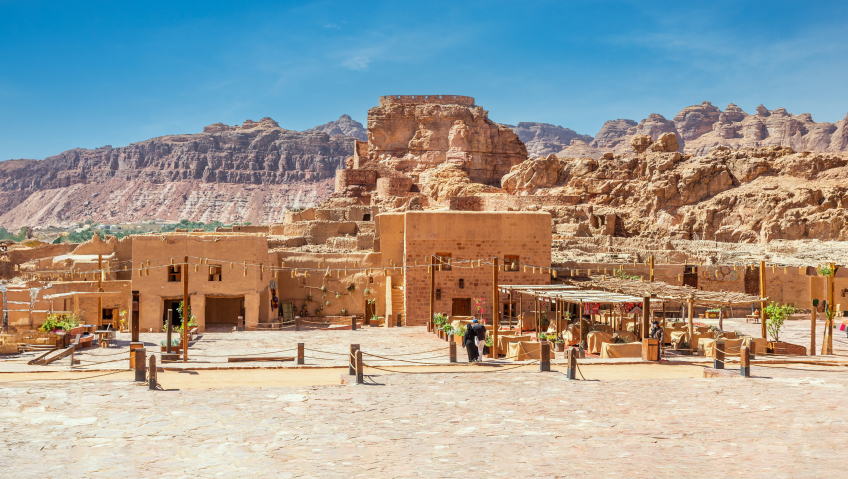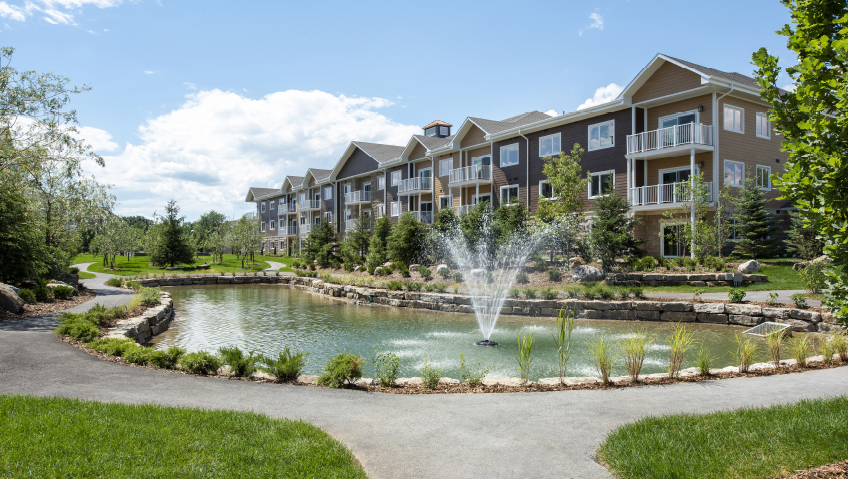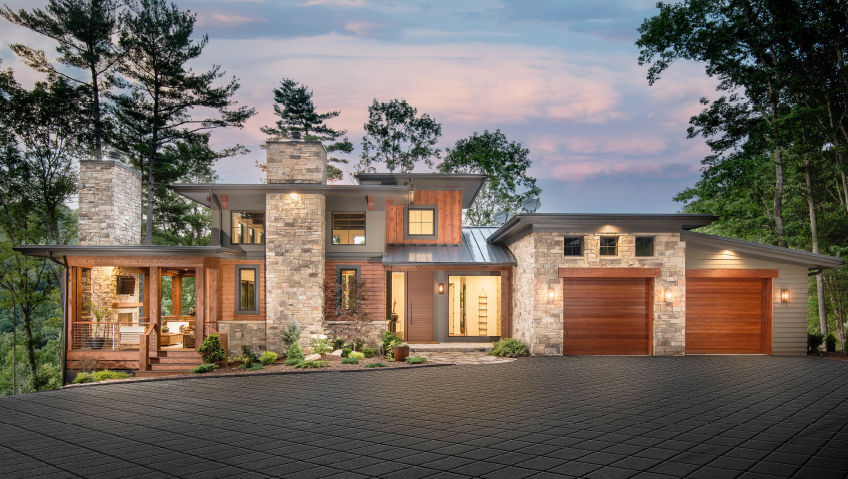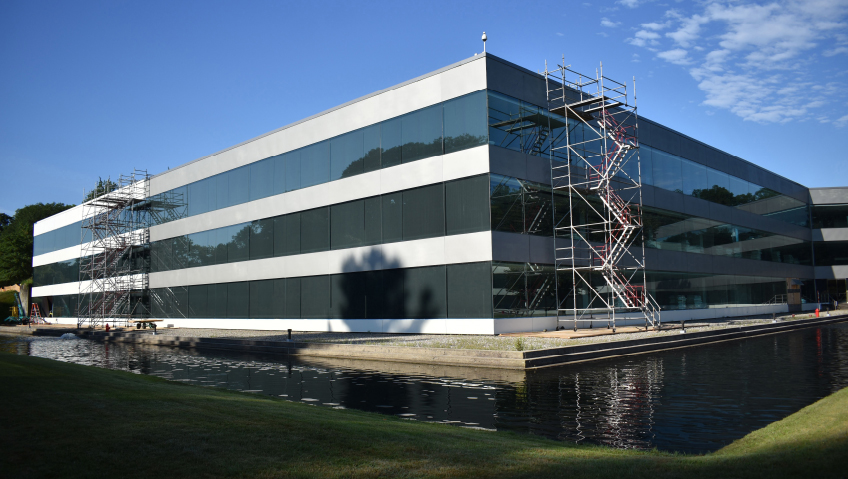With climate change at the forefront of continued environmental sustainability efforts, we all know that cities are heating up faster than barbecue grills on the Fourth of July. Because in a sense, Rome is burning. There are solutions, however—and exciting ones at that.
The United States Environmental Protection Agency refers to urban hot zones as heat islands—densely constructed areas where concrete and asphalt contribute to daytime temperatures rocketing to over six degrees Fahrenheit higher than their surrounding landscapes. As a result of too much impermeable asphalt and concrete covering the soil and leaving precious little space for nature to dwell, cities typically get hit harder by the growing number of extreme weather events.
At a time when the more common response to challenges ranging from global conflict to climate change tends to be that of enmity, hasty, short-term solutions can result in a mixed bag of less desirable outcomes that can be difficult to remedy later. Instead, in the case of climate change, focusing efforts on developing truly progressive designs and systems that consider planetary well-being alongside that of future generations and current populations is the smart approach—all while keeping budgets and long-term maintenance of buildings and constructed spaces in check, of course.
Surprisingly, perhaps, this is neither a new nor a rare sentiment. Today’s designers increasingly look toward nature for answers to create more humane living spaces just as the ancients did. As the definition of biophilia is somewhat extended to include design informed by the intelligence of nature and its systems, the word in its original Greek sense combines bio, or life, and philia, referring to an amicable sense of affection.
Originally suggested by Erich Fromm, a psychoanalyst of German descent who established himself in the United States, ‘biophilia’ was first used in 1973. Fromm’s book, The Anatomy of Human Destructiveness, referred to the biophilia hypothesis as “the passionate love of life and of all that is alive.” Following this, Biophilia, a 1984 book of exploration by Edward O. Wilson, proposed a genetic predisposition for humans to engage with nature. Now, partially thanks to the isolation brought about by COVID-19, researchers confirm the ineffable human need to spend time in nature and the merits thereof.
These all make for wonderful reasons to figure out more innovative ways of returning to the wild in an urban sense while cooling down our severely overheating habitats. In the search for ideas that have stood the test of time and continue to make sense within the bigger picture of long-term environmental sustainability, I did some digging around the vernacular design and building methods used in some of the desert regions of the world where humans have survived for millennia—places where temperatures send the mercury hurtling past 120 degrees Fahrenheit at the height of summer and water and electricity are at a premium.
Starting in Egypt, home to the Sahara and a section of the Libyan desert, the voice of Dr. Adel Fahmy, Professor Dipl. Ing. Architect, lecturer in Vernacular Architecture at the Modern Science and Arts University in Giza, Egypt and Director of the Musa Mizar Village project, inspires confidence in turning to ancient methods to solve modern building issues around the topic of reducing heat.
As a great supporter of ecologically friendly construction, Dr. Fahmy has a lot of knowledge to share on the topic. “Natural building materials… have natural capabilities of keeping the heat out during the daytime in the summer, transferring heat into the house hours later at nighttime when it is needed in winter,” he said five years ago in a documentary on natural building by Ayman El-Kharrat. “So, it cools down houses in the summer and it warms up houses in the winter. Natural building materials can be finished on the inside with whatever finish you wish for.”
Such an approach does not mean remaining in the past, either. By incorporating domes and other passive means of cooling, modern spaces in hot climates employing ancient techniques like wind towers or designing the placement of windows and doors in ways that optimize drafts go a long way to minimizing the use of electric air conditioning. This is particularly effective if such air is first cooled by passing over long, rectangular ponds, through trees, or across shady gardens, for instance. “We have to find the balance between tradition and progress,” Fahmy says.
In the south of Spain, Islamic invaders captured the modern-day province of Andalusia in 711, where they ruled from the then Emirate of Granada, a rich yet semi-arid landscape of pomegranates and exquisite beauty. Here, they established the infamous medieval Nasrid palace, the Alhambra, beginning construction in 1238 at the foothills of the Sierra Nevada.
The engineers of those times turned this ancient complex into a historically significant example showing us the best ways to employ courtyards, gardens, comparatively small amounts of water, good draft creation, thick walls, and natural building materials to create heavenly cooling during the hottest months of the area’s relentless summers—all without electricity.
Considering that modern cities and buildings must function slightly differently as there are a lot more of us these days, translating these concepts into modern architecture is important if they are to be considered sufficiently practical for implementation. As Dr. Fahmy says. “We have to create that bridge that connects cultures of the world with the immense scientific progress in building materials and finishes in the hope of introducing an architectural style for the future.”
In places like Florida, where summers were hot enough in the 1800s for one doctor, John Gorrie, to come up with an ice machine, senior citizens told FloridaPSC1, in a video named Life before Air Conditioning, that designers of old in that region used narrow but longer than normal sash windows to let in sufficient light while creating drafts by opening them at the top and the bottom.
There is another passive solution from the annals of nearly forgotten history. In a 2023 article on Bloomberg.com by Laura Miller, the author discusses Cartuja Quanat, an initiative by the city of Seville, also in Spain, where a subterranean water grid is designed to channel cool air to the surface, cooling down ground-level temperatures by as much as 50 degrees Fahrenheit across an area of about four acres. Achieved with solar energy, water, and wind, the brilliance of the initiative is in the fact that it consumes no fossil fuels to make real change.
By encouraging design informed by the intelligence of natural systems and elements, the construction industry could achieve more reasonable, consistent solutions that render life-supporting outcomes for humans and nature. That would also mean significantly improving environmental sustainability while achieving safety, comfort, design, and fiscal goals. Within this context, greening up to cool down could soon become one of the most important drivers in progressive architectural design in the 21st century.






